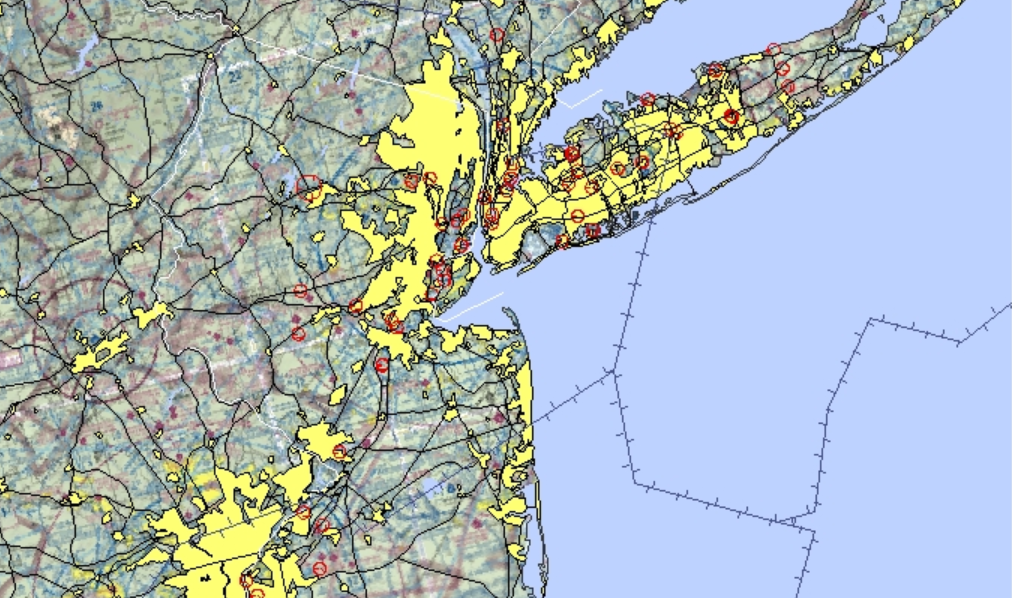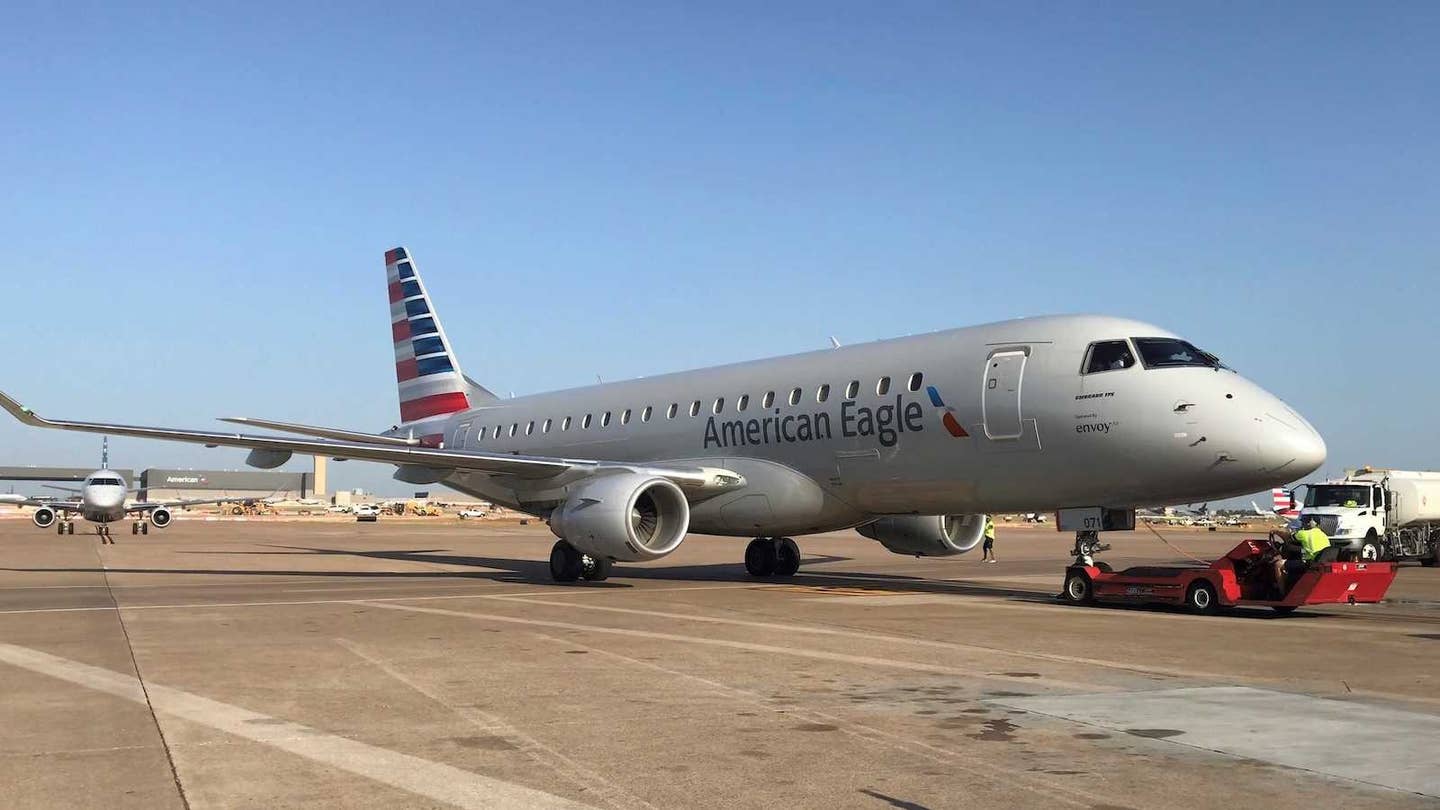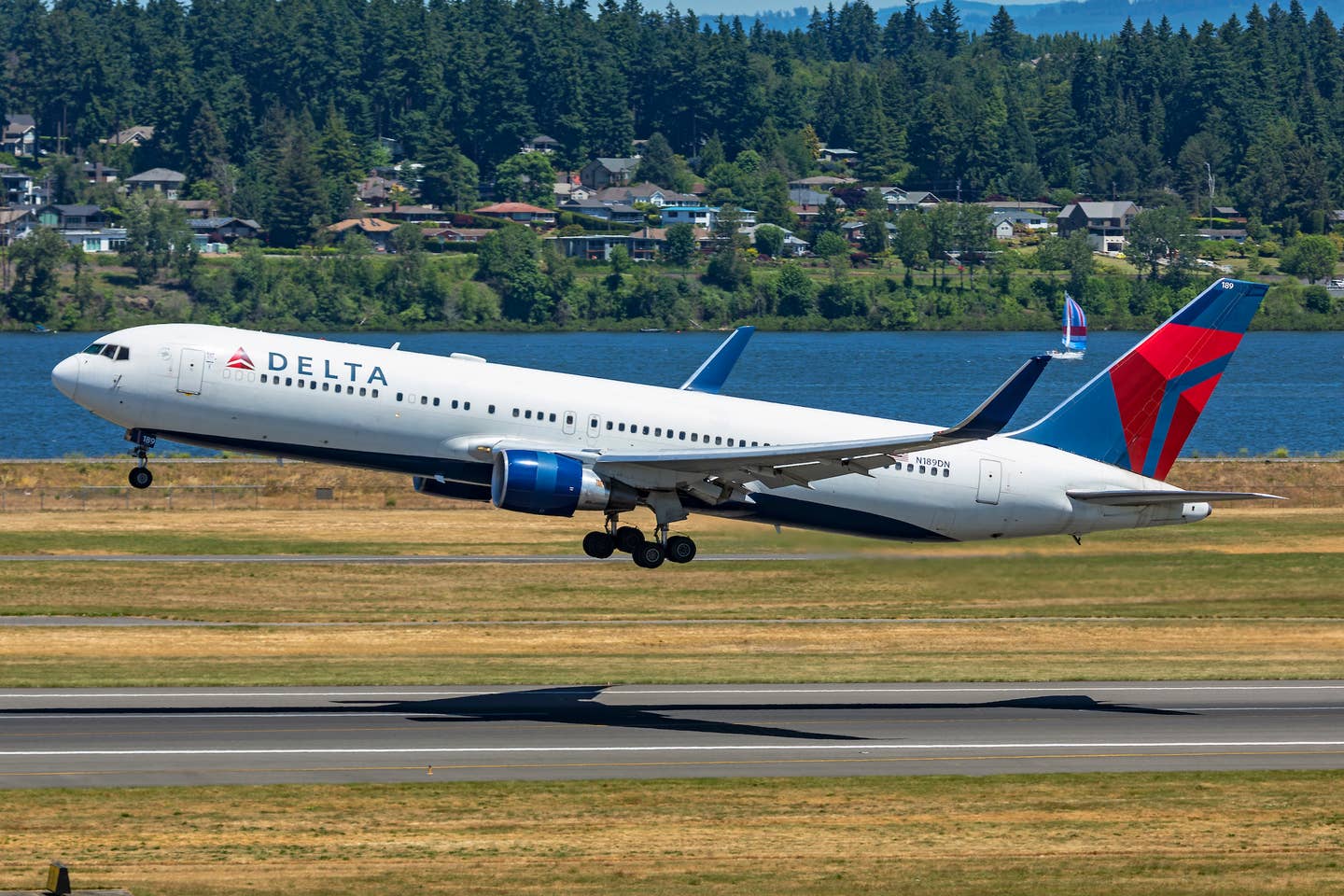
** This image details Air France 447’s path
during its final minutes in the air.** BEA
An official investigative report confirms speculation that Air France 447, the flight that crashed into the Atlantic two years ago under then-mysterious circumstances, suffered a high-altitude stall before descending 38,000 feet in 3.5 minutes and crashing into the ocean
According to the preliminary accident report issued by the BEA, the captain had just relinquished control to the two co-pilots and left the cockpit when the first sign of a problem occurred, approximately two hours into the flight.
The Airbus 330 was flying at 35,000 feet and the co-pilots decided to make a slight turn to the left in an attempt to navigate around an area of turbulence. Just two minutes after executing the turn, the autopilot and auto-thrust disengaged.
As the airplane began to roll to the right, one of the co-pilots, left unnamed in the report, asserted control and made a left nose-up input. Seconds afterward the flight displays showed a sharp decrease in airspeed and the other co-pilot said, “so, we’ve lost the speeds.”
The co-pilot in control continued to make primarily nose-up inputs and the airplane climbed to a peak altitude of 38,000 feet, triggering the stall warning multiple times in less than a minute.
As the pilot at the controls struggled to regain control of the airplane, the other co-pilot attempted to call the captain back several times, according to the report.
When the captain returned to the cockpit, 1.5 minutes after the autopilot and auto-thrust had initially disengaged, the Airbus 330 was at 35,000 ft with an angle of attack greater than 40 degrees, losing altitude at 10,000 feet per minute.
This is consistent with an aerodynamic condition known as deep stall in which the wing stalls and the tail is blanked out, leaving the airplane in an aerodynamic state that may be a difficult or impossible from which to recover. In the case of Flight 447, however, the airplane seems to have been in a steady state conventional stall, from which the pilots never attempted to recover.
Less than thirty seconds later, the co-pilot at the controls said, “I don’t have any more indications,” while the other co-pilot said, “we have no valid indications.”
The last data recordings, which showed the airplane still falling at 10,912 feet per minute, were captured less than 2.5 minutes later.
According to the BEA report, the speeds shown on the left primary flight display and the integrated standby instrument system (ISIS) were inconsistent for a period lasting under a minute during the string of events that led to the crash.
The BEA is expected to release a more developed interim analysis on the Air France 447 accident at the end of July. “Only after long and detailed investigative work will the causes of the accident be determined and safety recommendations issued,” the agency said in a statement released in conjunction with the accident report.

Sign-up for newsletters & special offers!
Get the latest FLYING stories & special offers delivered directly to your inbox






